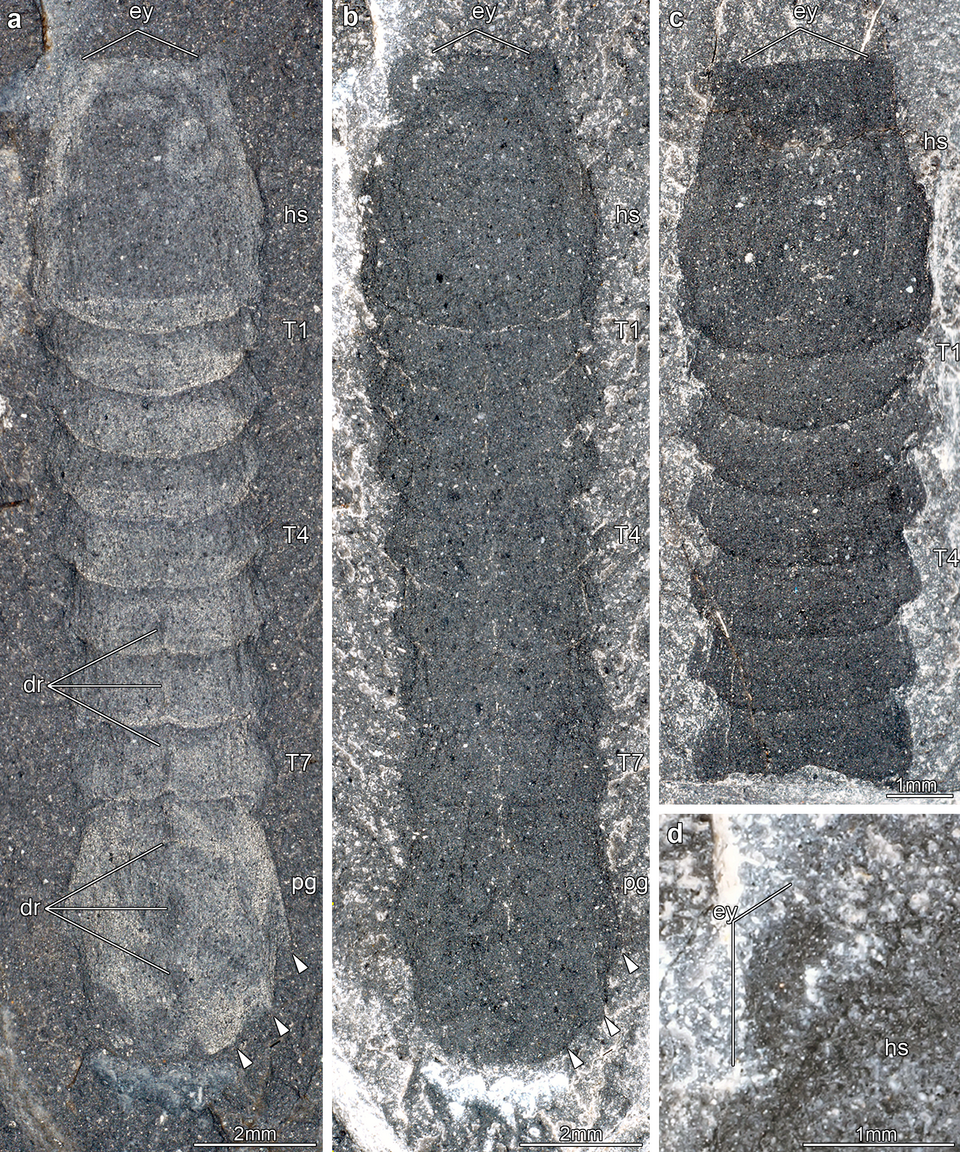500-Million-Year-Old Fossil Reveals Oceanic Origins of Spiders

In a groundbreaking study published in the journal *Current Biology* on July 23, 2025, researchers from the University of Arizona, Lycoming College, and King's College London have revealed that spiders may have evolved from marine ancestors, with significant implications for our understanding of arachnid evolution. The study focuses on a 500-million-year-old fossil known as *Mollisonia symmetrica*, which exhibits striking similarities between its central nervous system and that of modern-day arachnids. This discovery challenges long-held beliefs that arachnids, including spiders, scorpions, mites, and ticks, primarily evolved from a land-dwelling ancestor.
According to Dr. Nicholas Strausfeld, a neuroscientist at the University of Arizona and a lead author of the study, "It is still vigorously debated where and when arachnids first appeared, and what kind of chelicerates were their ancestors, and whether these were marine or semi-aquatic like horseshoe crabs." The fossil evidence indicates that the evolutionary transition from sea to land may have occurred much earlier than previously thought.
Historically, the oldest accepted remains of arachnids date back to approximately 430 million years ago, with the earliest known scorpion being a terrestrial species. However, the new findings suggest that arachnids may have diverged from other chelicerates long before this period. The study of *Mollisonia* reveals a unique nervous system structure that is distinct from horseshoe crabs and crustaceans, featuring a pattern characteristic of arachnids. Dr. Frank Hirth, an evolutionary neuroscientist at King's College London, remarks, "The arachnid brain is unlike any other brain on this planet," highlighting the significance of this evolutionary adaptation.
The implications of this study extend beyond mere classification. The researchers propose that the neural structures observed in *Mollisonia* provided the necessary adaptations for early arachnids to thrive on land, possibly influencing the evolution of insects and their development of flight. This line of inquiry opens new avenues for understanding how species adapt to changing environments over millions of years.
As the debate surrounding the evolutionary origins of arachnids continues, this recent discovery adds a significant piece to the puzzle, suggesting that the relationship between marine and terrestrial life is far more intricate than previously recognized. The findings not only enrich our understanding of arachnid evolution but also encourage further research into the evolutionary pathways that led to the diverse life forms we see today. The study advocates for a re-evaluation of the evolutionary history of arachnids, potentially reshaping textbook narratives in evolutionary biology.
Advertisement
Tags
Advertisement





